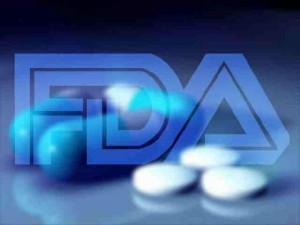 The U.S. Food and Drug Administration found blackish green foreign matter in what were supposed to be sterile drug vials. They found germs growing in vials of steroids that had been supposedly tested for their sterility. They found mold growing in a “clean room,” which is where vials are to be filled.
The U.S. Food and Drug Administration found blackish green foreign matter in what were supposed to be sterile drug vials. They found germs growing in vials of steroids that had been supposedly tested for their sterility. They found mold growing in a “clean room,” which is where vials are to be filled.
Those are only a few of the many observations the FDA made during its inspection of the NECC – New England Compounding Center. The products of the Massachusetts company are alleged to be the source of the continuing outbreak of fungal meningitis.
As of Saturday October 27, a total of 331 cases had been confirmed of the fungal meningitis, along with seven joint infections that were caused by steroids that were tainted and made at the NECC. Of the hundreds of cases of fungal meningitis confirmed, 25 patients have died from the disease.
Findings included the following:
The NECC had stated that a sampling group of methylpredinsolone was sterile. However, when the FDA did tests on 50 of the vials, all 50 returned with living microbial growth.
In one bin that held 321 vials containing methylpredinsolone from the batches that had been implicated in the meningitis outbreak, 83 of the vials had a black, greenish foreign matter, while 17 contained a material that was white filamentous.
There were many other observations made that brings the NECC’s quality control into question. However, before any action is taken by the FDA, it will take into consideration the report from the inspection along with an Establishment Inspection Report to get all the relevant date possible.
